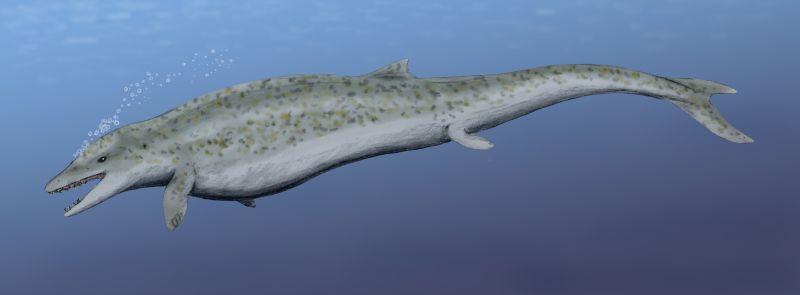
Drawing credit: Nobu Tamura
The Encyclopedia of Marine Mammals has offered up another interesting tale, that of the basilosaurids, a now extinct family of whales. Like all ancient whales, basilosaurids are a type of archaeocetes, the common name for the oldest whales that now only exist in fossil form. (Check out my previous post on archaeocetes if you want to know more.)
According to the encyclopedia article by Mark D. Uhen, there are 11 species of basilosaurids ranging in size from 13 to 52 feet, all possessing teeth. They lived during the Eocene period 37.5 to 54 million years ago and despite having lived during ages past they are considered to have given rise to today’s whales. So the basilosaurids are important indeed.
Now you may be wondering why basilosaurids were given a name that sounds more appropriate for a dinosaur. Well Uhen explains in the article that in 1834, Richard Harlan was the first person to have the opportunity to name a basilosaurid fossil and he thought the large vertebrae bones were from a marine reptile, hence the name basilosaurid, meaning “king lizard.”
Now be prepared for change when it comes to the number of ancient whales belonging to this family. As more fossils are found, especially more complete fossils, the basilosaurid family could gain or lose members as bones and teeth differences are analyzed. Because when it comes to classifying whale fossils, the bones tell the story. And the basilosaurid story most likely has a few more tales to tell.
Leave a Reply